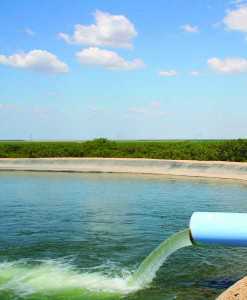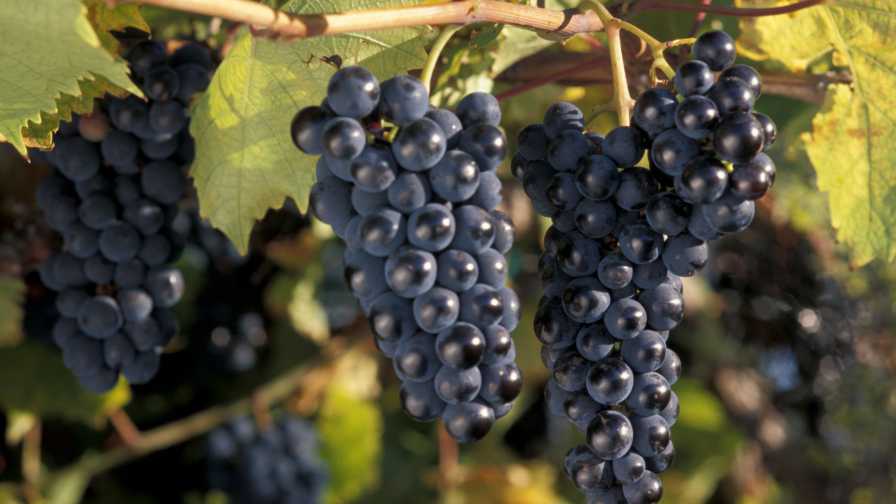Positive Impact on Water Quality Thanks to Combined Ag-Industry Efforts
Increasingly, growers, educators, and industry leaders are proactively working together to raise awareness and employ practices that protect surface and groundwater. Meister Media Worldwide recently hosted a webinar, “Take the Challenge: Water Quality and Agriculture,” sponsored by Agro-Culture Liquid Fertilizers. The event focused on water quality efforts in California and Illinois, as well as recent education and research efforts by The Fertilizer Institute (TFI).

Photo Credit: Larry Easterling
Information Gathering A Critical Step For California Growers
Parry Klassen, executive director for the East San Joaquin Water Quality Coalition, covered coalition efforts to improve water quality in California and the Waste Discharge Requirements (WDR) growers will need to comply with for Regional Water Board regulations.
Growers will start by completing a farm evaluation survey, which summarizes the practices they use to protect surface and groundwater. Starting March 1, 2015, growers in high-vulnerability groundwater areas will need to have a nitrogen management plan in place that has been approved by a certified crop adviser (CCA). Growers in areas identified as high risk for sediment and erosion discharge will need to keep a sediment and erosion control plan on-site. Finally, coalition members must participate in one outreach event per year.
Klassen said the information-gathering process is crucial to verifying the effectiveness of the measures growers are taking to improve water quality on their farms.
“When we first started groundwater discussions with the Regional Water Board, we in the agricultural community felt we should be left alone on the groundwater issue since our management practices have changed over the past few years,” said Klassen. “The board’s response was, ‘Show us the data.’”
“I was surprised to learn how little of that sort of information we actually have, and to a finer point, how much consumption information we have for crops like corn, soybeans, and wheat, but how little we have for specialty crops. There is still a lot of work to do.”
Community Involvement Key To Success Of Indian Creek Project
Chad Watts, project director for the Conservation Technology and Information Center (CTIC), discussed the Indian Creek project in East Central Illinois. The project’s goal is to determine what water quality impacts result when 50% of the farms in the watershed adopt conservation measures. Currently, about 47%, or 104 farms, participate in the project.
“We sought out a small, rural watershed for the project with documented impairments that was located in the Mississippi River Basin Initiative (MRBI) target area,” said Watts. “We also looked for an area with a strong local partner to help us initiate contact with landowners and get the word out about the project.”
Watts stressed listening to growers and encouraging community involvement, saying the more ‘community’ you create around your watershed effort, the more success you will have.
4R Efforts Focus On Research, Outreach And Education
Lara Moody, director of stewardship programs for TFI, wrapped up the webinar with an update on recent 4R efforts.
“The 4R program focuses on a suite of best management practices that address the right source, right rate, right time, and right place for fertilizer applications,” said Moody. “We want to broaden the practices and services that our retail community makes available to growers to not only increase production, productivity, and return on investment for growers, but also to reduce environmental impact.”
Moody agreed with Klassen, saying the industry must show hard evidence that growers’ management practices are effective at reducing nutrient losses to the environment.
In response to the need for more research, TFI, the Canadian Fertilizer Institute and the International Plant Nutrition Institute (IPNI) set up the 4R Research Fund, which is an industry-led effort to establish sustainability indicators and environmental impact data from the implementation of the 4Rs.
Additionally, TFI recently added 10 online modules that cover site-specific nutrient topics that were developed in conjunction with Iowa State University, IPNI and the Natural Resources Conservation Service. They are available on the 4R Website at www.nutrientstewardship.org.









